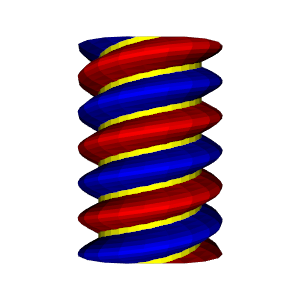

To realize fabrication of nanostructures on flexible substrates, it will require simple fabrication methods that can be conducted at low temperature. VLS, CVD and thermal oxidation require growth temperatures >500 ☌ 28, 29, 30, but most plastic substrates cannot tolerate temperature >150 ☌ 31. Lithography techniques use photoresists their removal entails use of solvents that can damage a polymer film 26, 27. However, most of these method are not suitable for fabricating nanostructure on flexible substrates. Non-planar nanostructure has optical properties that control its light propagation, reflection, diffraction and absorption features 4, 5, 13, 14, 15.Įfforts to fabricate nanostructures on rigid substrates include top-down methods such as photo- 16, 17, laser interference- 18 and e-beam lithography 19 and bottom-up methods such as synthesis of semiconductor nanorods (NRs) by vapour–liquid–solid (VLS) 20, 21, 22, chemical vapour deposition (CVD) 23, 24 and thermal oxidation 25. To improve the efficiency of devices based on flexible substrates, nanostructuring technology has become indispensable, because planar structure causes unwanted surface reflection (about 10.4% for polymer film with refractive index n=1.6) and total internal reflection (89% for critical angle 38.7°).

Flexible plastic substrates are lightweight, inexpensive and enable roll-to-roll (R2R) mass production 1, 2, 3, so they have applications as components in next-generation optoelectronic devices such as organic light-emitting diodes (OLEDs) 1, 3, 4, 5, displays 6, 7, organic solar cells 8, 9, 10, 11 and photodiodes 2, 12.


 0 kommentar(er)
0 kommentar(er)
